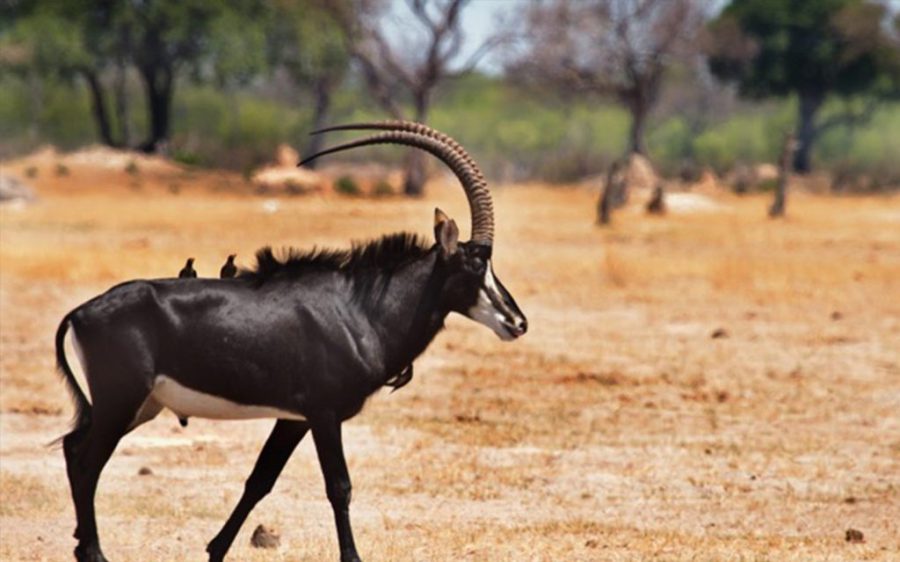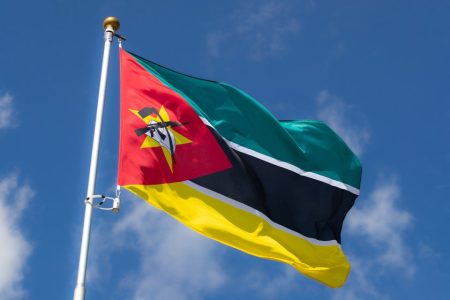Feared extinct two decades ago, the giant sable antelope remains critically endangered, reports the Portuguese news agency Lusa.
At a recent conference, Pedro Vaz Pinto, founder of the Giant Sable Antelope Conservation Project, recalled the species’ difficult history since it was first discovered in 1916. The giant sable antelope survived a century of unregulated hunting, as well as devastating war and post-war periods.
After decades of decline, its presence was confirmed in 2004 in Cangandala National Park, kickstarting the conservation project. Cangandala is now one of only two locations where the massive antelope is found, the other being the Luando Integral Nature Reserve, also in Malanje Province.
While conservation of the giant sable antelope has been improving, “that doesn’t mean it’s out of danger at all,” Vaz Pinto told Lusa. The population needs to increase by over 60 percent to move from “critically endangered” to simply “endangered” status.
[See more: Angola calls on international support for biodiversity conservation]
In 2003, after Angola’s long civil war ended, Vaz Pinto organised a small team to investigate whether any giant sables had survived. Locals reported sightings in Cangandala and cameras set up throughout the park eventually found a small population. They were all female.
“It took a while to actually sink in and accept the reality of what was happening; this was extinction, an extinction vortex, taking place in front of our eyes,” he recalled in an interview with CNN. “We needed a bull.”
The team turned their sights toward Luando Integral Nature Reserve, and in 2009, turned up evidence of a male giant sable. Taking a helicopter to where the DNA sample was found, Vaz Pinto recalled finding “a giant sable bull standing there at the very same spot.”
Several more were found and one was transported via helicopter to Cangandala and placed with the females. Years of hard work have brought that tiny population up to around 300 animals, just over 10 percent of what it was in 1975. “So, we have to do more,” he told Lusa.
Poaching remains the biggest threat to giant sables, which is why Vaz Pinto advocates for more effective enforcement of hunting bans, and more resources and support from judicial bodies to ensure that poachers are punished. Stricter planning, proper park management and clear rules for conservation areas are also key to the giant sables’ survival.
“A national park is also a natural museum,” he told Lusa, emphasising both the importance of reconnecting the Angolan public with its national symbol and developing ecotourism in the region.






